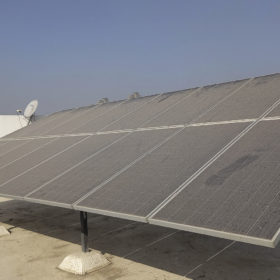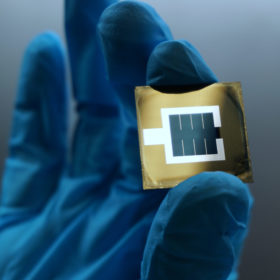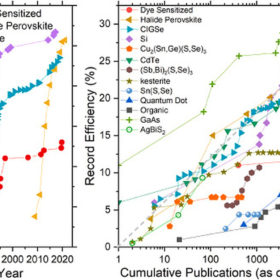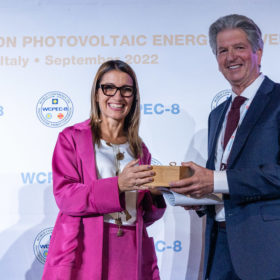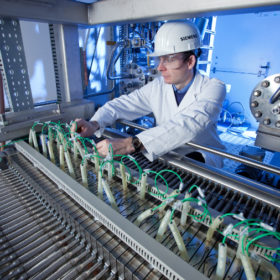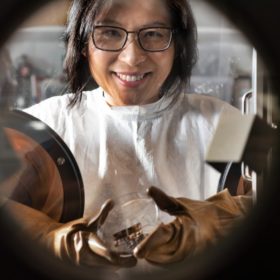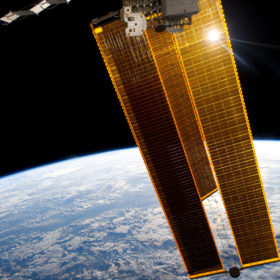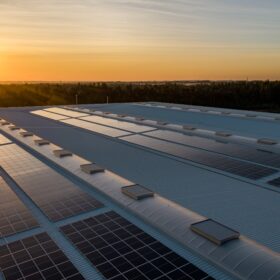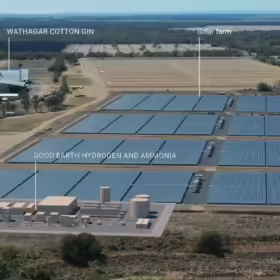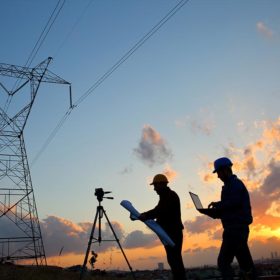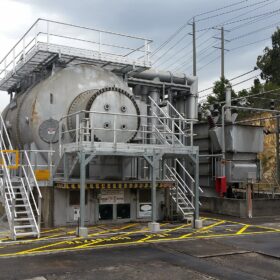Vertical agrivoltaic pilots in France find improved yields and less water stress
French energy giant TotalEnergies studied the impact of solar panels on crops in order to develop a repository of agronomic benefits. The initial results show an increase in agricultural yields on field crops and a reduction in water stress.
Soiling – a multibillion-dollar issue
A new report by the International Energy Agency’s Photovoltaic Power Systems Programme (IEA-PVPS) estimates that lost revenue from PV module soiling amounts to more than €3 billion ($4.6 billion) per year – an amount that is only set to increase as PV systems grow larger and more efficient.
Queensland group map pathways for perovskite PV
Perovskite solar cells have created excitement in recent years, given their potential to improve virtually every area of PV, but we have yet to see such devices produced at scale. Scientists in Australia have outlined some of the challenges holding them back.
Solar cell efficiency growth correlated with R&D volumes
New research highlights the crucial role of R&D in improving solar cell efficiency. The researchers discovered that it is theoretically possible to measure the promise of new solar cell technologies at any stage of development.
UNSW researchers say solar needs to slim down on silver
New research from the University of New South Wales outlines the need for solar cell and module makers to reduce or eliminate the use of silver in their products. Based on expected PV growth, in line with climate change commitments, solar manufacturers would require at least 85% of global silver reserves, according to the new study.
Pioneering solar researcher hails funding ‘turnaround’
World-leading solar researcher UNSW Scientia Professor Martin Green says that PV research activities in Australia right across the value chain will be accelerated by the recent $41.5 million (USD 28.5 million) funding awards from the Australian Renewable Energy Agency. The funding will foster the development of ultra-low-cost solar by extending and expanding nine UNSW solar research programs.
New electrolyser to split saltwater into hydrogen
Chinese scientists have developed a new way to split seawater into hydrogen without using a separate desalination process. They incorporated a self-breathable waterproof membrane and a self-dampening electrolyte (SDE) into the electrolyser, so water migrates from the seawater across the membrane to the SDE, without extra energy consumption.
Ultra-low-cost solar research projects receive $41.5 million funding boost
The strength of applications for the Australian Renewable Energy Agency’s ultra-low-cost solar research funding round was so strong the agency had to add $1.5 million (USD 1.03 million) to its original allocation. The strength of competition pushed the process into 2023, but now the 13 research projects aiming to achieve ultra-low-cost solar have been awarded.
UNSW teams with Airbus to develop high-efficiency solar cells for space
Researchers from the University of New South Wales have been tapped to work with European space enterprise Airbus Defence and Space on a strategic research program to fast track the development of high-efficiency solar cells to be used in space.
BIPV shading estimation methods key for uptake, says IEA-PVPS
A recently published report from the International Energy Agency’s Photovoltaic Power Systems Programme on building integrated photovoltaics (BIPV) digitalisation found many industry professionals are unsure of a suitable method for estimating shading in BIPV projects.

